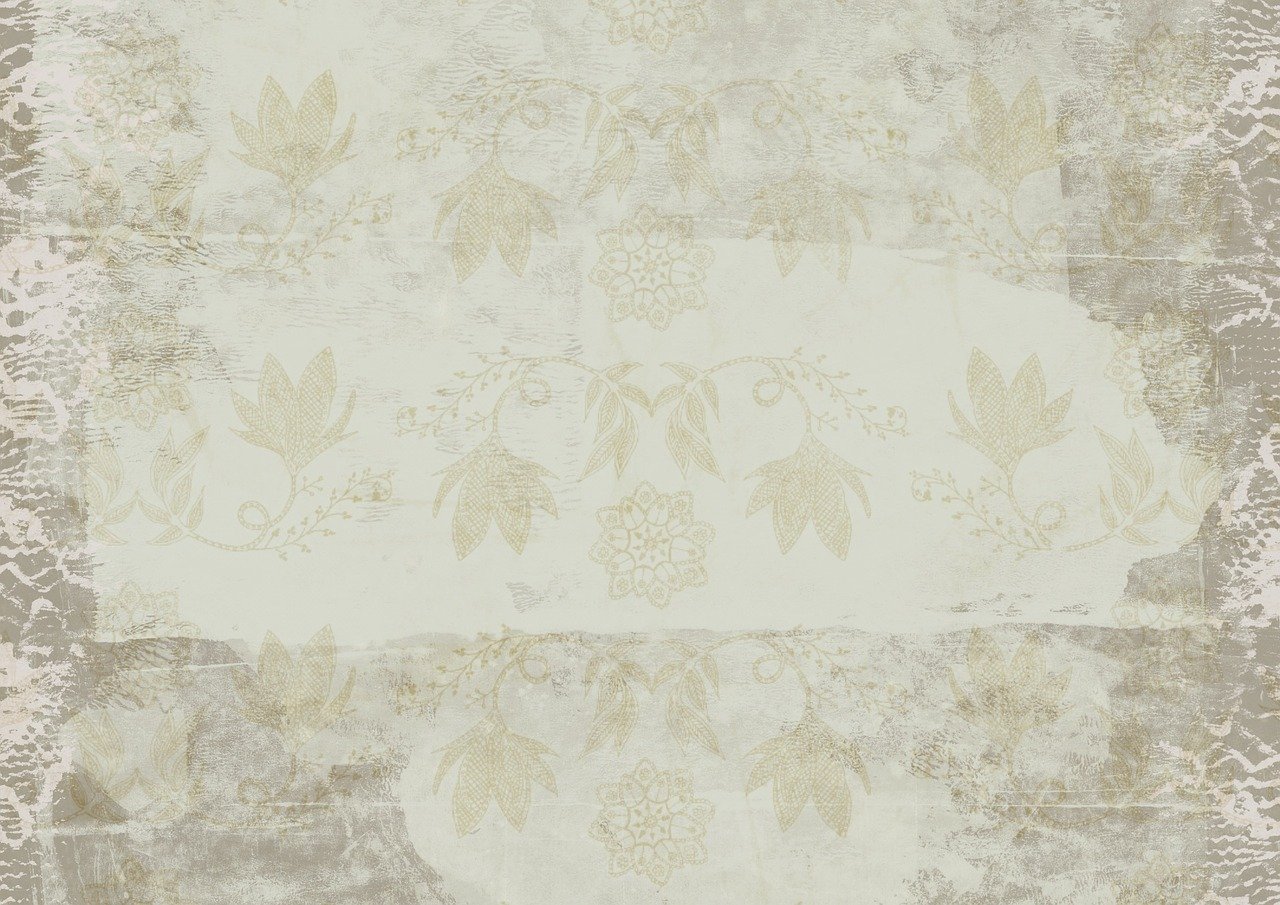Fashion and Wellness: How Clothing Choices Affect Mental and Physical Health
Clothing choices can significantly impact our mood throughout the day. The clothes we choose to wear can play a role in how we feel about ourselves and how we perceive the world around us. Research has shown that wearing certain types of clothing, such as comfortable and well-fitting outfits, can boost self-confidence and overall mood.
Additionally, the colors and styles of clothing can also influence our emotions. Bright, vibrant colors are often associated with feelings of happiness and energy, while muted tones may evoke feelings of calmness and relaxation. Choosing clothing that reflects our current mood or desired emotional state can help us feel more in tune with ourselves and our surroundings.
The Connection Between Fabric and Skin Health
When it comes to the health of our skin, the type of fabric we wear can play a significant role. Certain fabrics, such as synthetic ones like polyester or nylon, can be irritating to the skin and promote sweating, which can lead to issues like irritation and rashes. On the other hand, natural fabrics like cotton or linen are more breathable and gentle on the skin, reducing the likelihood of skin issues.
Moreover, the texture of the fabric can also impact skin health. Rough or scratchy fabrics can cause chafing and skin abrasions, while soft and smooth fabrics are gentler and less likely to cause irritation. Therefore, it is important to choose clothing made from fabrics that are comfortable and non-irritating to maintain good skin health.
• Synthetic fabrics like polyester or nylon can irritate the skin and promote sweating
• Natural fabrics such as cotton or linen are more breathable and gentle on the skin
• Rough or scratchy fabrics can cause chafing and abrasions
• Soft and smooth fabrics are gentler on the skin and less likely to cause irritation
How Colors Can Influence Emotions
Colors play a significant role in influencing our emotions and behaviors. Research has shown that different colors can evoke various psychological responses in individuals, affecting their mood and perceptions. For example, warm colors like red and orange tend to be associated with feelings of energy and excitement, while cool colors like blue and green are often linked to calmness and relaxation.
Furthermore, the intensity and saturation of colors can also impact emotional responses. Bright and bold colors may boost feelings of happiness and enthusiasm, while muted or pastel tones can evoke a sense of tranquility and softness. Understanding how colors can influence emotions can be a valuable tool in setting the right ambiance and creating desired emotional experiences in various environments.
Can the colors we wear influence our mood?
Yes, the colors we wear can have an impact on our emotions and mood.
How does wearing different colors affect our emotions?
Different colors can evoke different emotions and feelings. For example, wearing bright colors like yellow or orange can promote feelings of happiness and energy, while wearing darker colors like black or navy blue can induce a sense of seriousness or sadness.
Is there a connection between the fabric of our clothing and our skin health?
Yes, the type of fabric we wear can impact our skin health. Certain fabrics like synthetic materials can cause irritation and discomfort, while natural fabrics like cotton or linen are more breathable and gentle on the skin.
How can we use colors to influence our emotions positively?
By choosing to wear colors that align with the emotions we want to feel, we can positively influence our mood. For example, wearing calming colors like blue or green can help promote a sense of relaxation and peace.
Are there specific colors that are universally known to evoke certain emotions?
While the perception of colors can vary from person to person, there are some general associations that many people have with certain colors. For example, red is often associated with passion and energy, while purple is linked to creativity and luxury.







